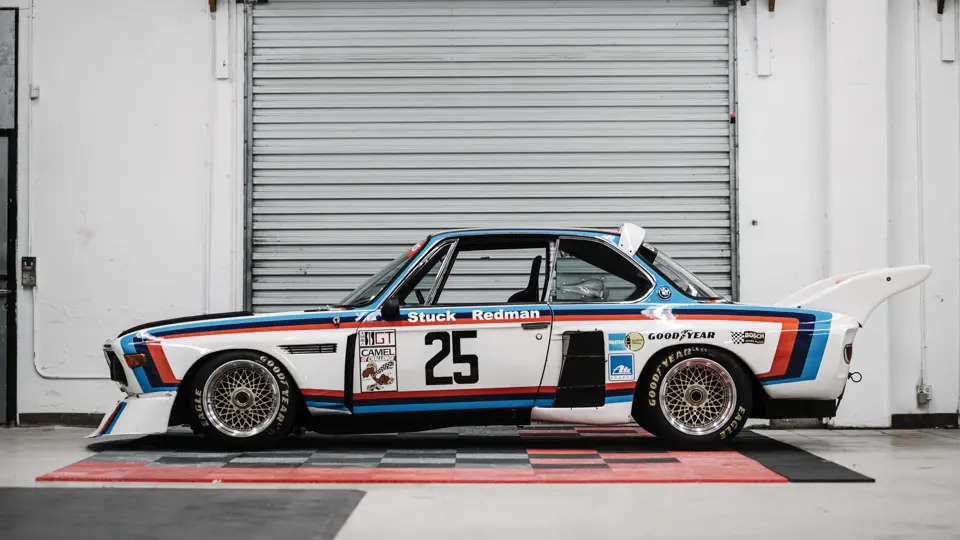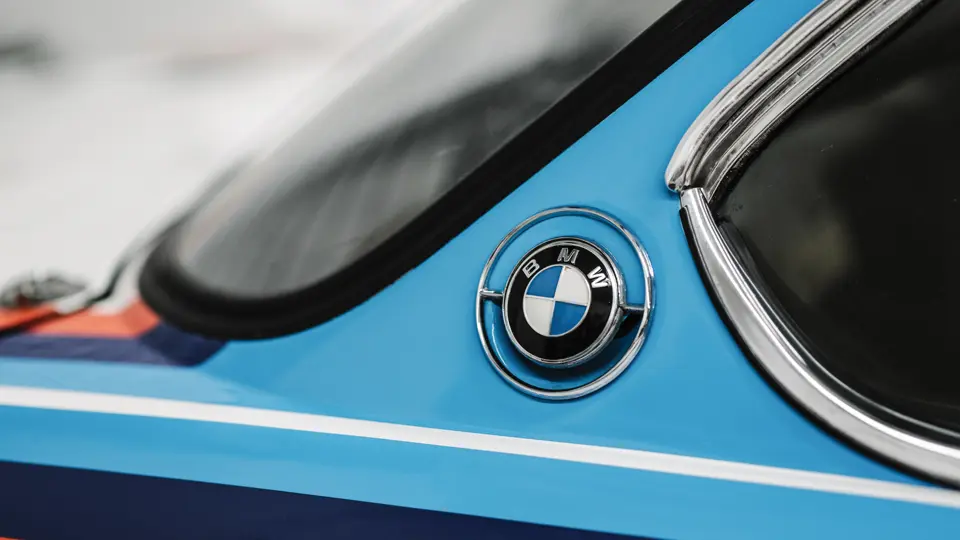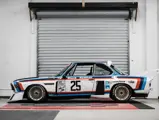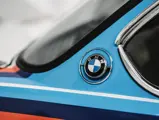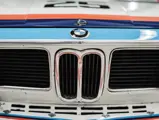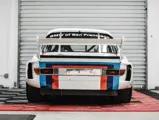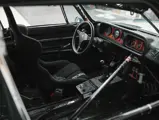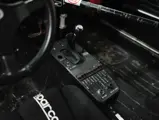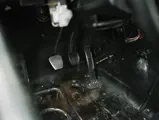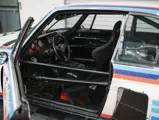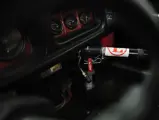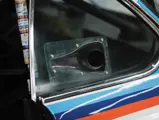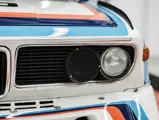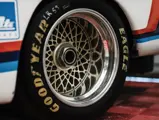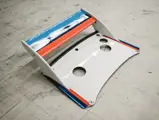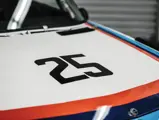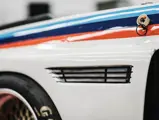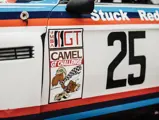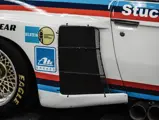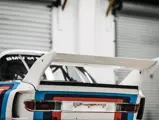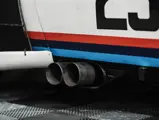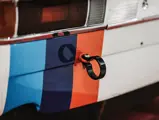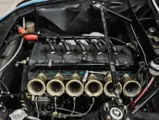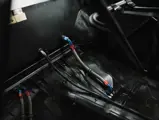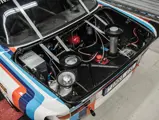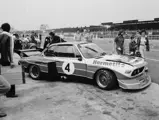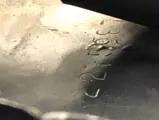
1974 BMW 3.5 CSL GTO
{{lr.item.text}}
$1,500,000 - $2,200,000 USD | Not Sold
The BMW Motorsport Collection of Henry Schmitt
{{bidding.lot.reserveStatusFormatted}}
- Offered from the BMW Motorsport Collection of Henry Schmitt
- Overall winner of the 1975 12 Hours of Sebring
- Driven by Sam Posey, Brian Redman, Hans-Joachim Stuck, and Allan Moffat
- One of four raced by BMW North America during the 1975 IMSA Camel GT season
- Successfully raced during 1976 in the World Championship of Makes
- Extremely influential in the early development and success of BMW North America
BMW built numerous successful racing models from its E9 series of the 1970s, but perhaps none is more important than the 3.0 CSL. Initially a relatively stock production model with lighter thin-gauge coachwork by Karmann, the CSL was upgraded through several series of homologation specials with increasingly powerful mechanical elements and aerodynamic body modifications.
The model found quick success as a factory entry in the European Touring Car Championship, with Toine Hezemans taking the title in 1973. In the United States, however, where BMW was struggling to establish an identity, the manufacturer allowed privateer tuners such as Alpina to represent the CSL in racing. The legendary automotive executive Bob Lutz, then a VP of global sales and marketing at BMW, was fundamentally perplexed by this arrangement, particularly after watching the success of Porsche’s factory efforts in North America.
In late 1974, therefore, BMW Motorsport director Jochen Neerpasch was charged with developing a factory team for the IMSA Camel GT series in the United States, while Lutz put the finishing touches on incorporating BMW North America. What followed was one of the most important racing seasons for BMW’s American subsidiary, with luminary drivers like Brian Redman, Sam Posey, and Hans-Joachim Stuck variously roaring to victories at Sebring, Laguna Seca, Riverside, Daytona, and Talladega.
BMW built five examples of the 3.0 CSL for the 1975 IMSA GT Championship, four of which were actively raced. As is often the case with race cars, a great deal of confusion ensued over the decades as historians attempted to determine what exact chassis was driven by whom in which race, and for many years incorrect assumptions were maintained. In 2016 the record keepers of BMW N.A. and BMW Classic set the record straight after contacting surviving members of the original crew that worked under chief mechanic Rudi Gmeiner in Bobby Allison’s Hueytown, Alabama, garage in 1975. After collecting personal notes and remembrances from each mechanic, Gmeiner produced a handwritten log that cross-referenced chassis numbers with build codes (which were the typical means of identification for the racing team), finally establishing a reliably accurate chassis log for these cars.
Gmeiner’s findings demonstrate that the CSL race cars utilized a different chassis numbering system than the production cars. While the homologation batch of road-specified CSL examples began numbering at 2 275 001 and ascended in standard sequential fashion, the race cars began at 2 275 000 and progressed downward. In chronological order, therefore, the five cars built for 1975 IMSA GT use were chassis nos. 2 275 992, 2 275 988, 2 275 987 (the featured lot), 2 275 986, and 2 275 985.
While chassis no. 992 was a test car that returned to Munich by March 1975, chassis numbers 988 and 987 were the initial two workhorses for the BMW N.A. team. The two cars debuted at the 24 Hours of Daytona in February 1975. Chassis 988 wore #24, driven by Sam Posey and Hans-Joachim Stuck, while chassis 987 wore #25, with Ronnie Peterson and Brian Redman slated to drive. Unfortunately, both cars were plagued by engine trouble that forced early retirements.
At the 12 Hours of Sebring a month later, the two cars appeared again with chassis 988 bearing #24 and chassis 987 wearing #25, with Brian Redman and Allan Moffat at the helm. By the 102nd lap, #24 had retired with an oil line failure, so Posey and Stuck switched to assisting driving shifts for the remaining car. At the end of twelve hours, chassis no. 987 remained in 1st place, having triumphed over a field of Porsche Carrera RSRs. The dramatic victory was heightened by the heroic efforts of Redman, who drove 987 for more than seven of the race’s twelve hours and during the eleventh hour overcame a failed wheel bearing and a dead alternator (prompting him to turn off the headlights to conserve power!).
At the season’s third round at Road Atlanta, Sam Posey ascended as high as 4th place in chassis no. 987 before a rear axle-hub failure led to an accident. The damage was severe enough to prompt the team to retire 987 in favor of one of the fresher cars, and it was returned to the Alabama workshop for repair.
For the 1976 season, BMW of North America campaigned an updated group of CSL examples, but chassis no. 987 was loaned to the Hermatite-sponsored team and driven at the 24 Hours of Daytona to a 15th place finish by John Fitzpatrick and Tom Walkinshaw. In March 1976 the car was shipped to Munich for conversion to Group 5 specifications, and it was then run in the inaugural World Championship of Makes by the Hermatite team, finishing 3rd at Vallelunga in early April, 2nd at Zeltweg, Austria, in late June, and claiming outright victory at the Six Hours of Silverstone in May. The CSL was probably also the Hermatite BMW that retired early at the 1976 24 Hours of Le Mans. It also is likely that ownership of the car passed to Tom Walkinshaw during this time. After 1976 the BMW was returned to the United States and entered in additional IMSA GT events, and it is believed that driver John Morton set a series record in the car at Laguna Seca in 1978.
Sometime later, chassis no. 987 was acquired by Vasek Polak, the well-known Southern California dealer, race team owner, and collector who once campaigned cars for such renowned drivers as Jack MacAfee, Ken Miles, Roger Penske, and Jo Bonnier. Following Vasek’s passing in April 1997, the CSL was sold to current owner Henry Schmitt, the principal of BMW of San Francisco, and he went on to run the important BMW in many vintage events, keeping a logbook of appearances at vintage races at Laguna Seca, Sonoma, Reno, Coronado, and Mt. Tremblant, along with several entries at the Monterey Historics. Along the way the car was serviced as needed by the dealership, with regular attention provided by the BMW experts at Bill Watson’s Road Rockets in Sonoma. The CSL was also presented at the 2011 Hilton Head Island Motoring Festival and Concours d’Elegance and the 2016 Amelia Island Concours d’Elegance, where it was united with Hans-Joachim Stuck.
Currently fitted with a correct 3.5-liter upright M49/3 engine, chassis no. 2275987 is finished in the proper Sebring-winning livery with #25 and remains a bellwether of one of BMW’s most important competition victories. The CSL is deeply documented with FIA papers, period photographs, service invoices, vintage racing logbook, and numerous media articles about the 1975 BMW IMSA GT campaign.
Two of the five IMSA CSLs remain in factory ownership today and are likely never to be sold, leaving only three of these cars in private hands. It would therefore constitute a crowning acquisition for any marque enthusiast, ideal for further campaigns in vintage racing or presentation at the world’s finest concours and BMW-focused events.




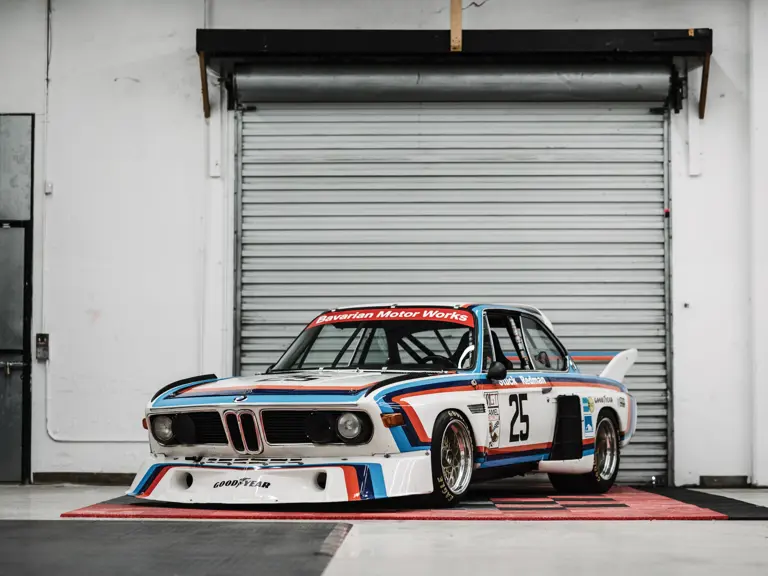
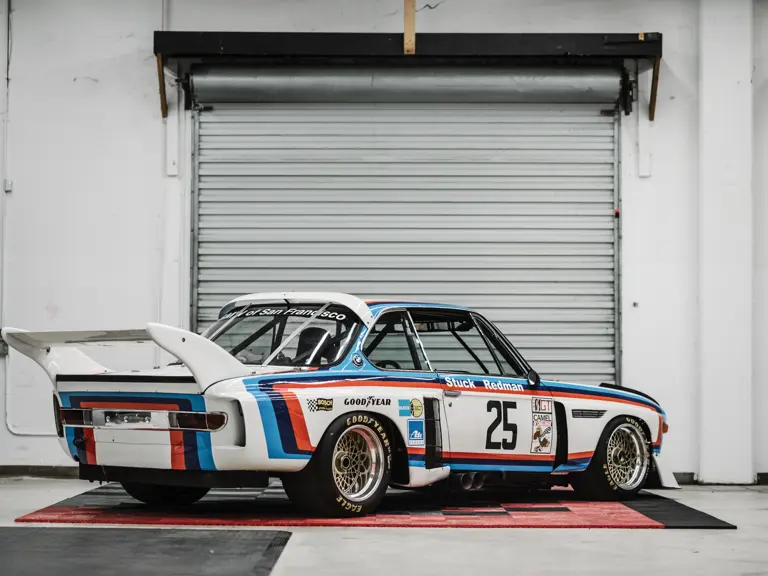
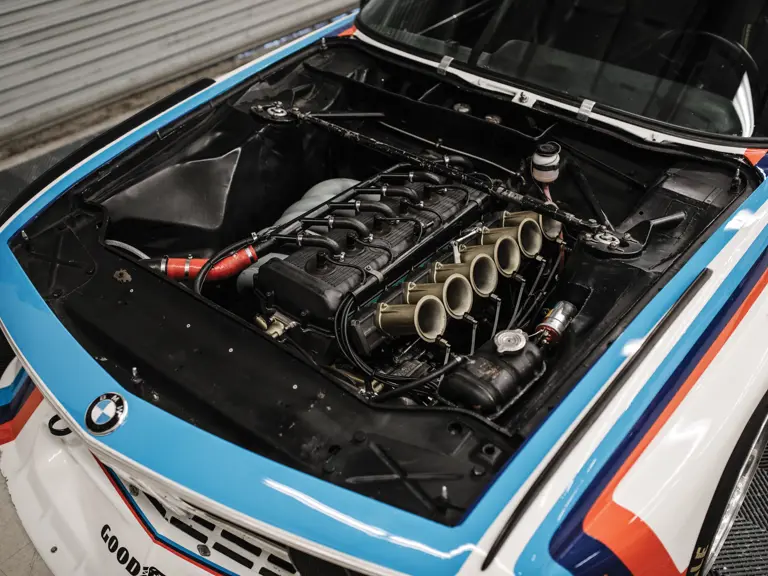
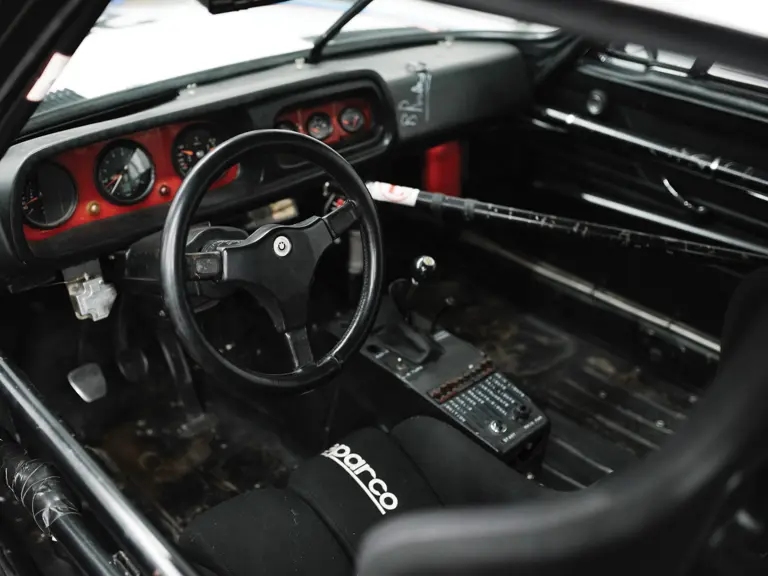
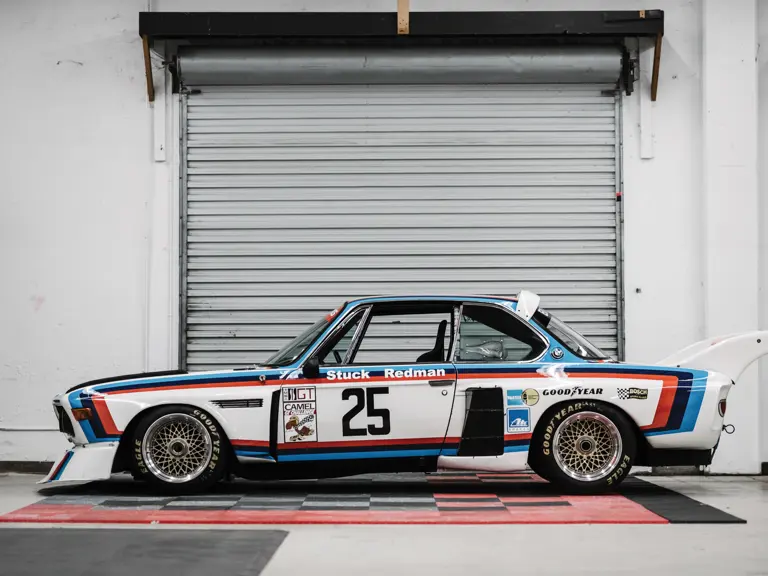
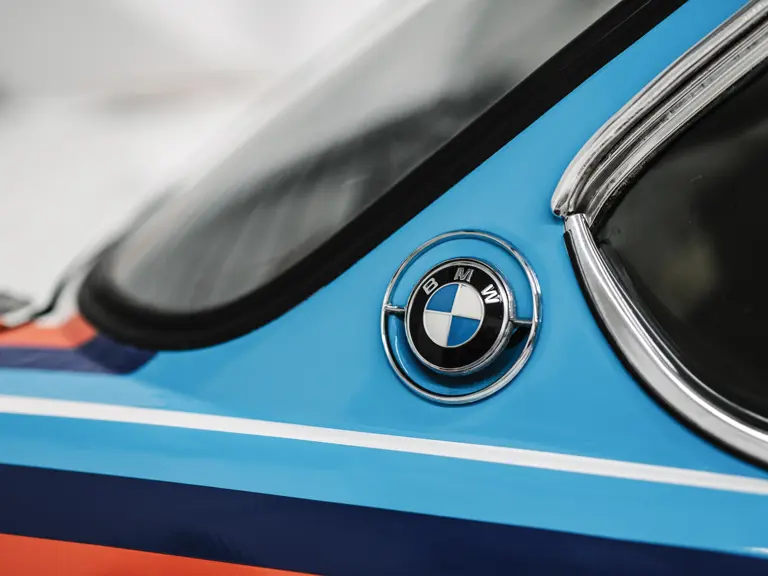

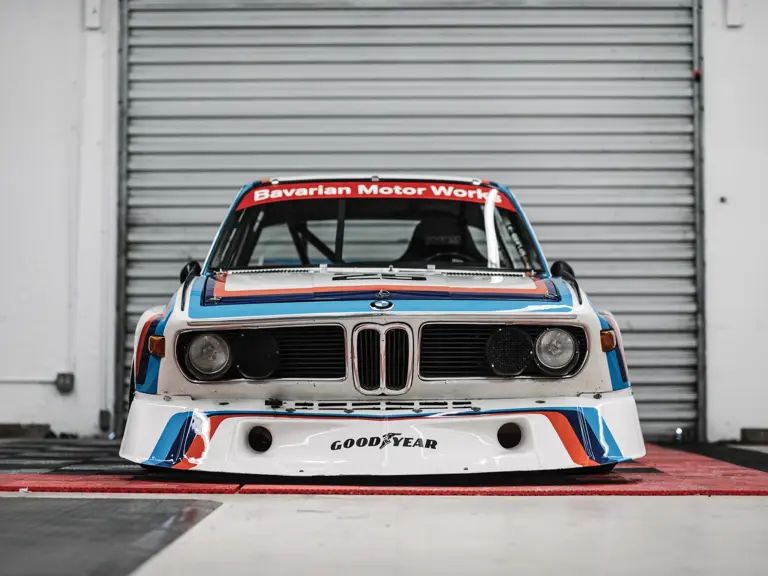


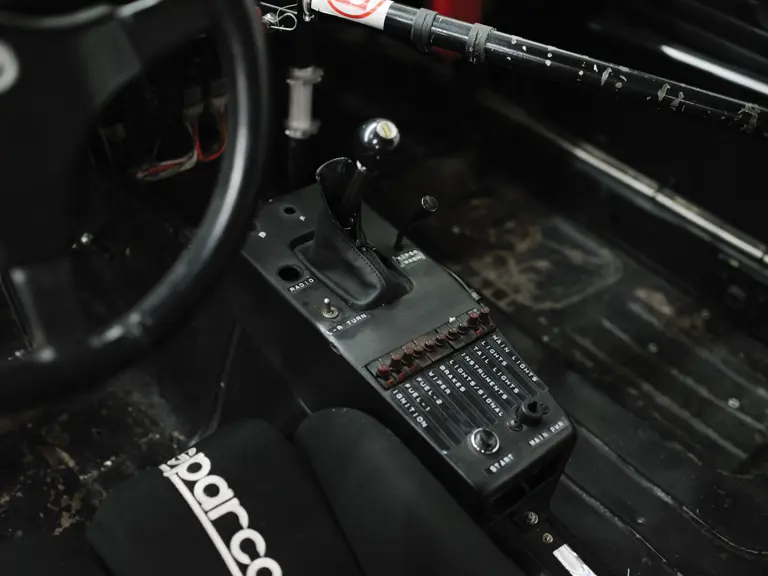
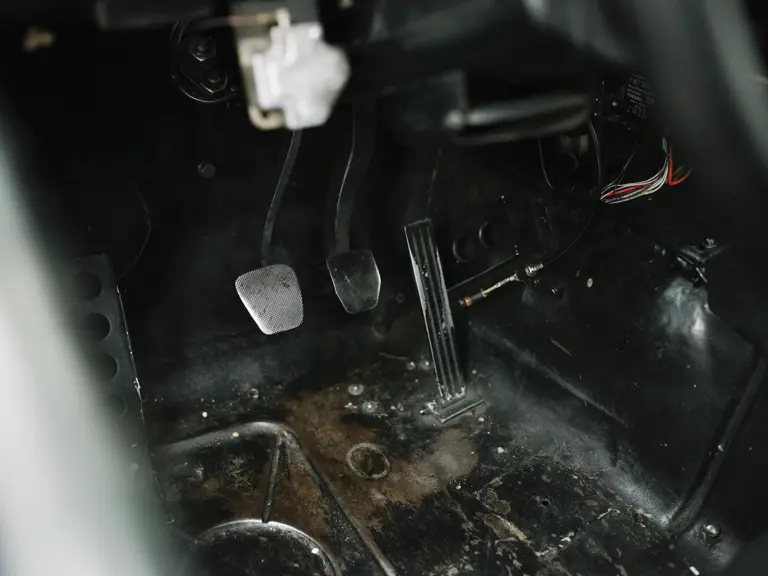

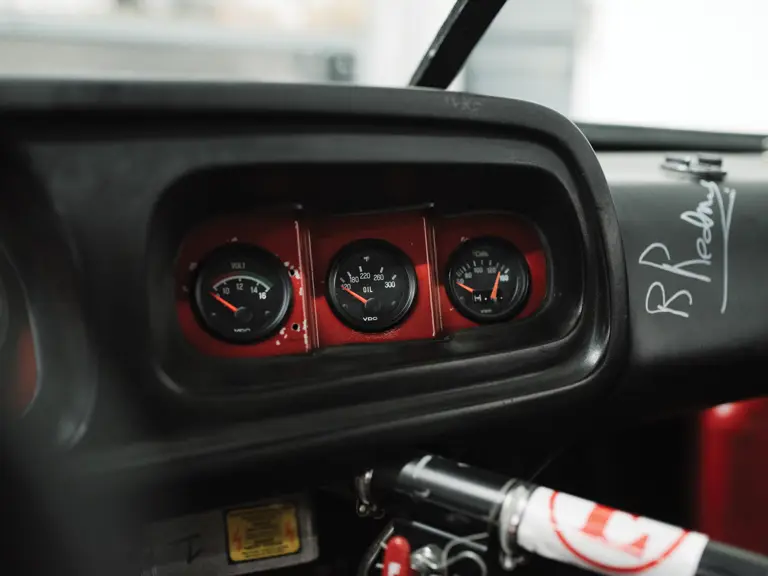
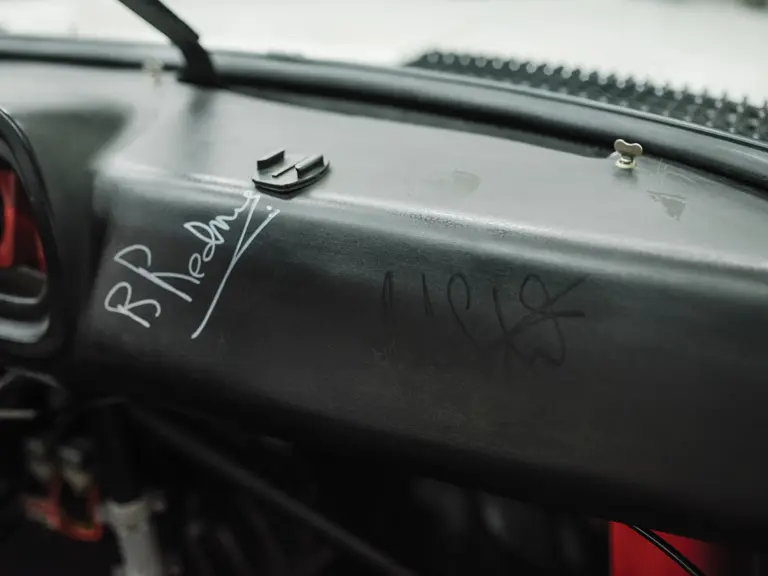

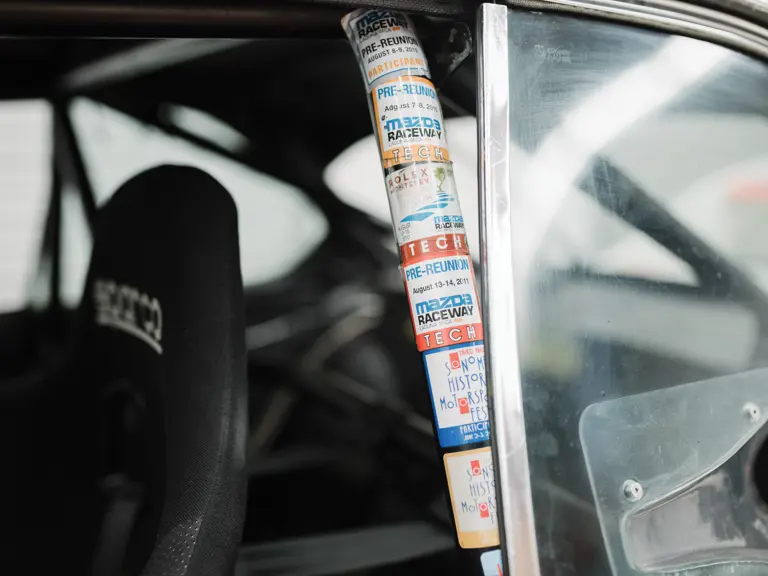
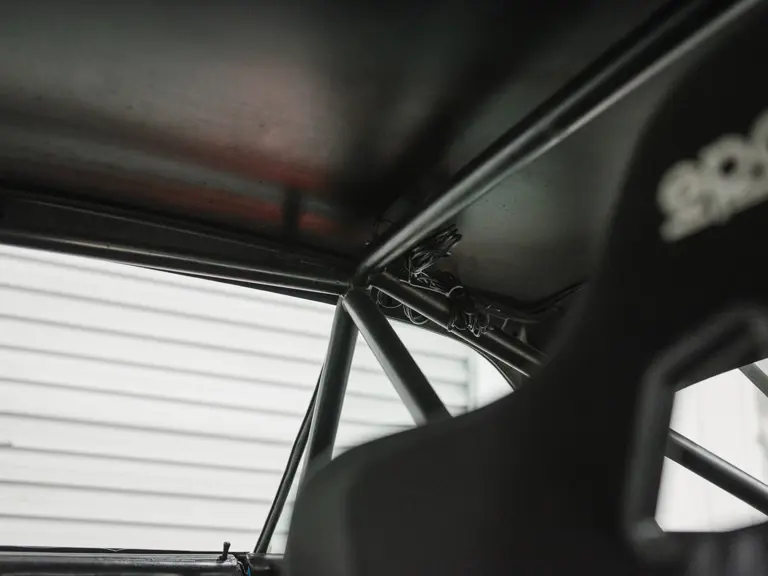
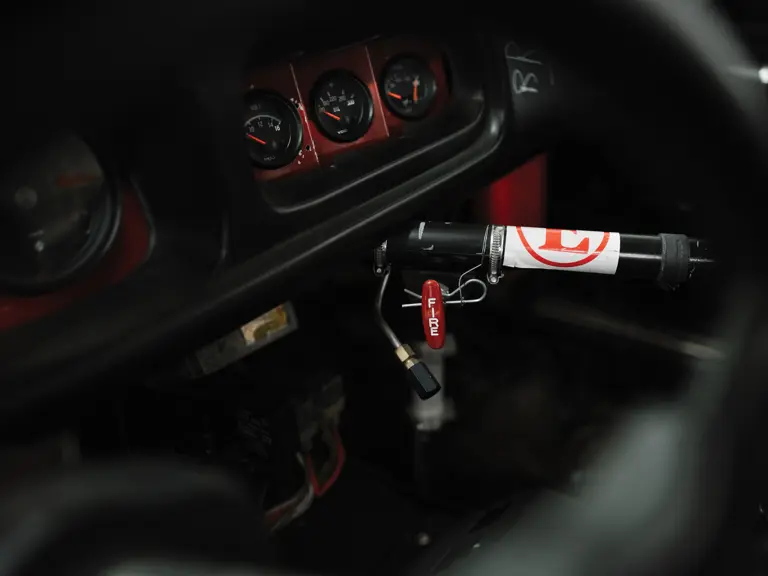
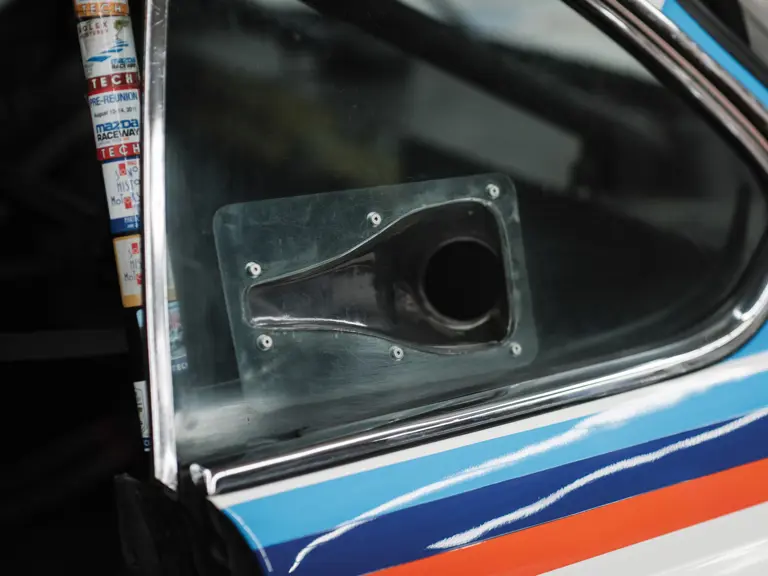
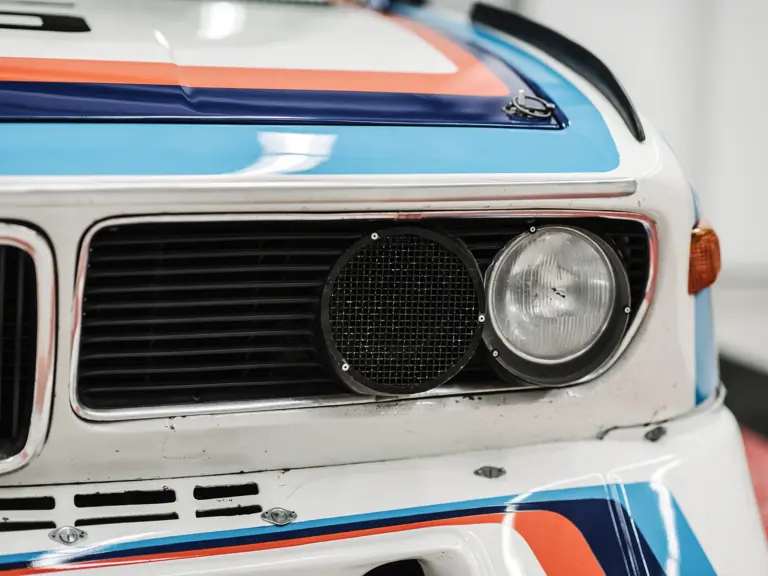
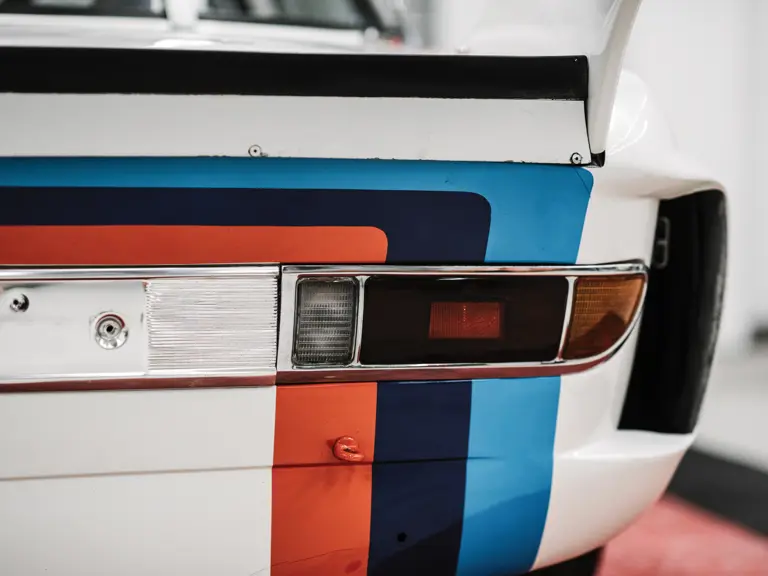
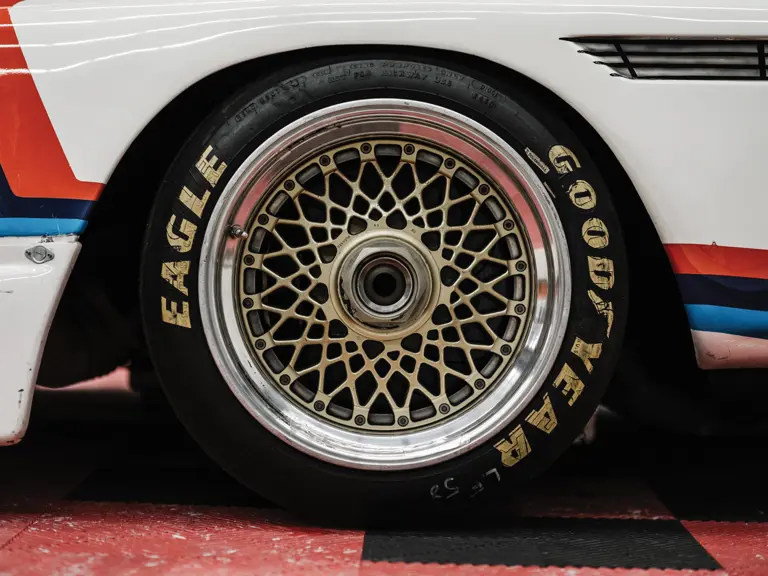
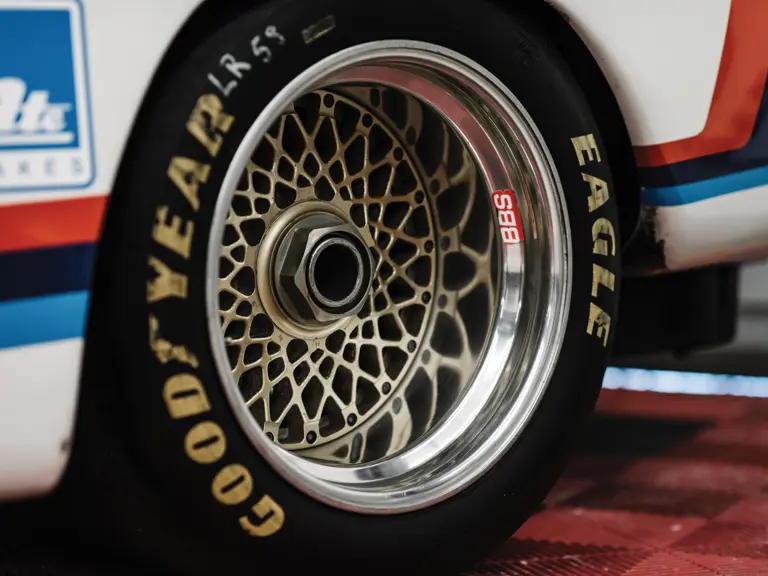
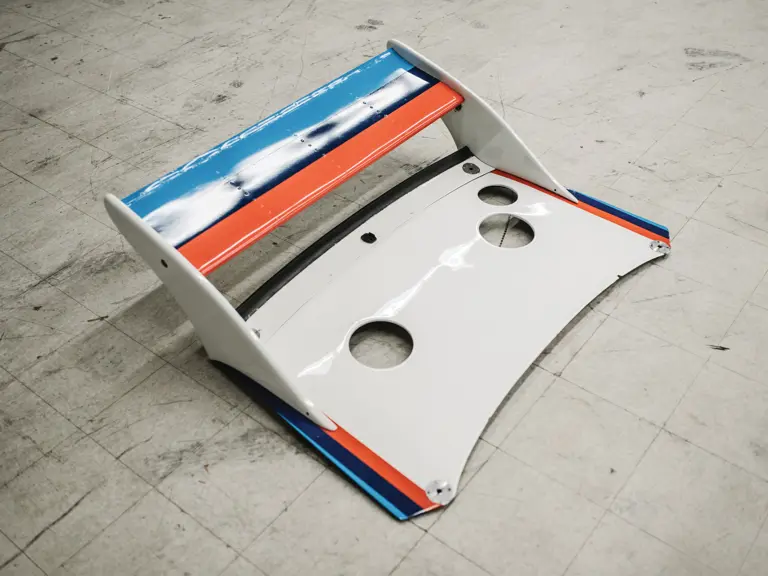
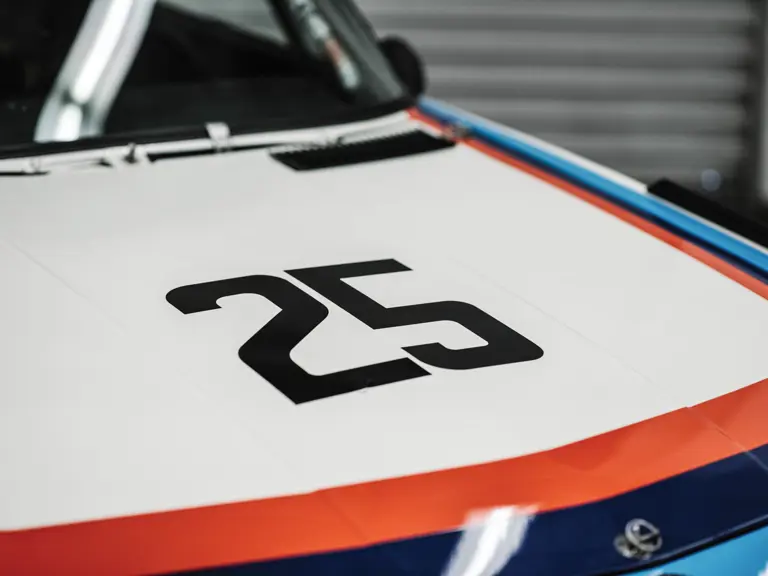
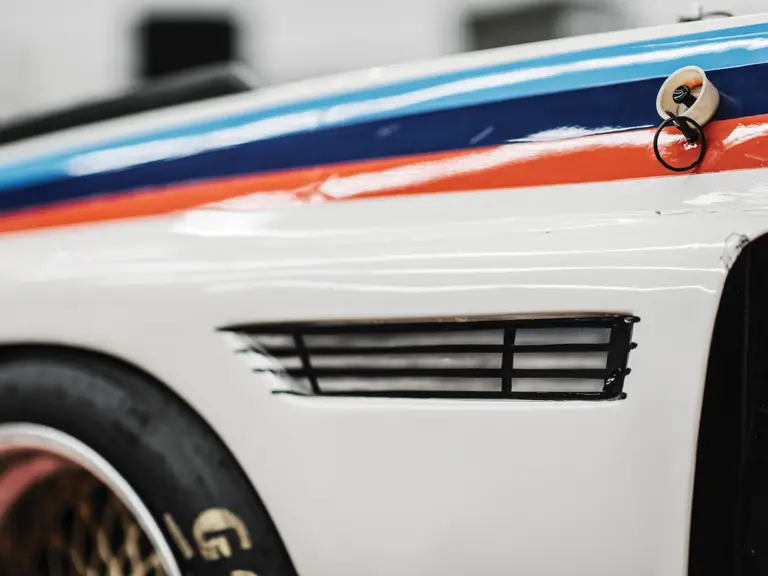
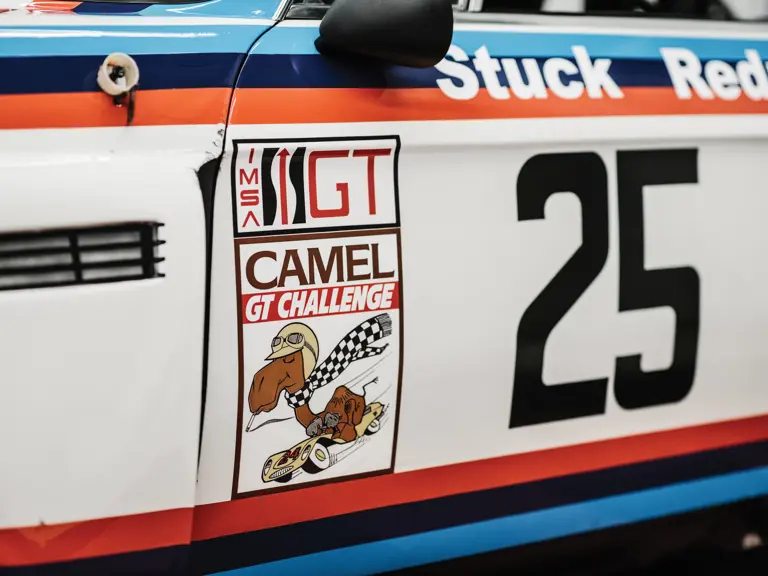
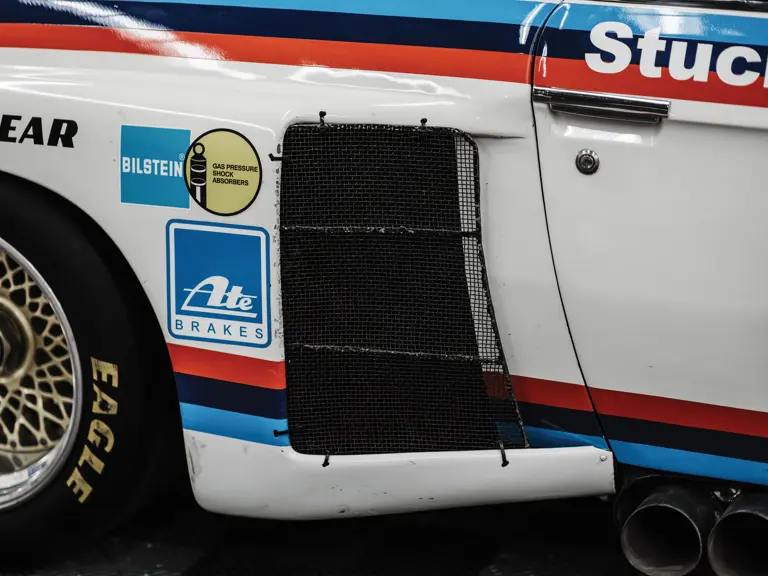
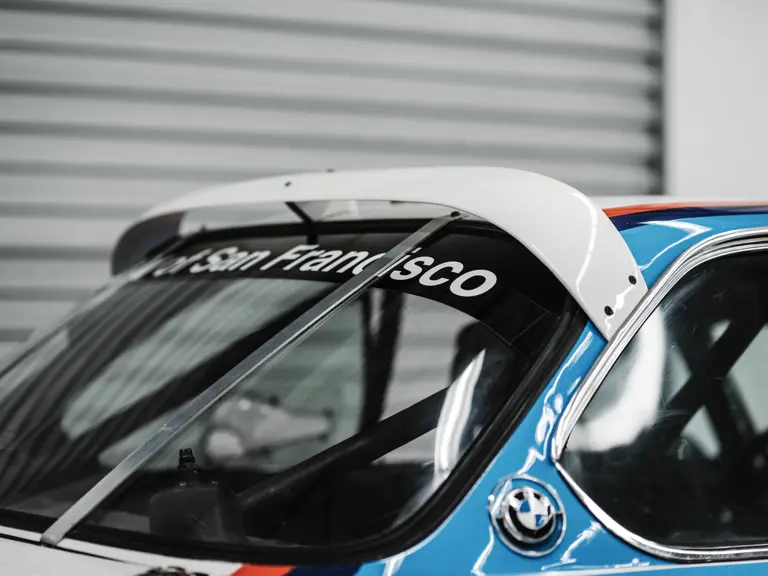

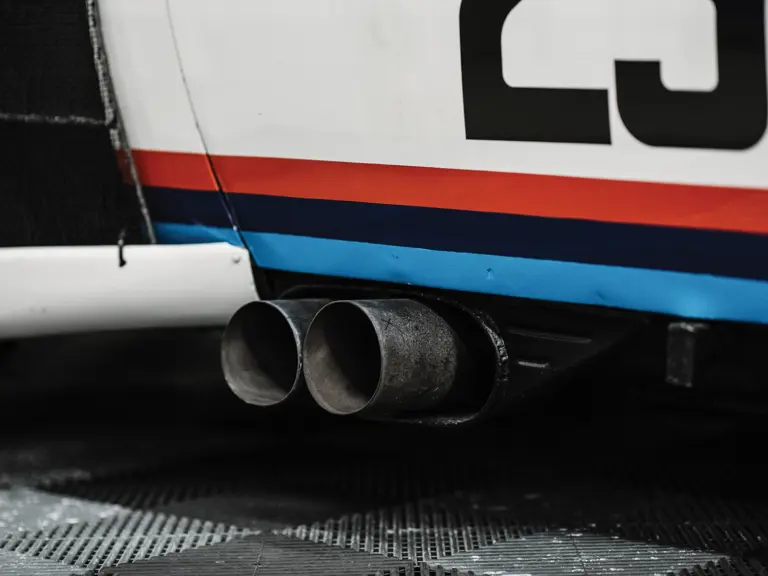


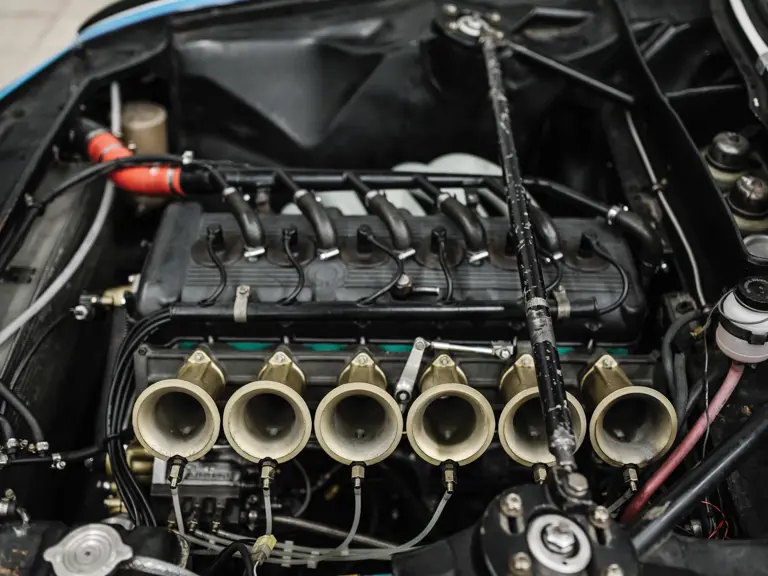
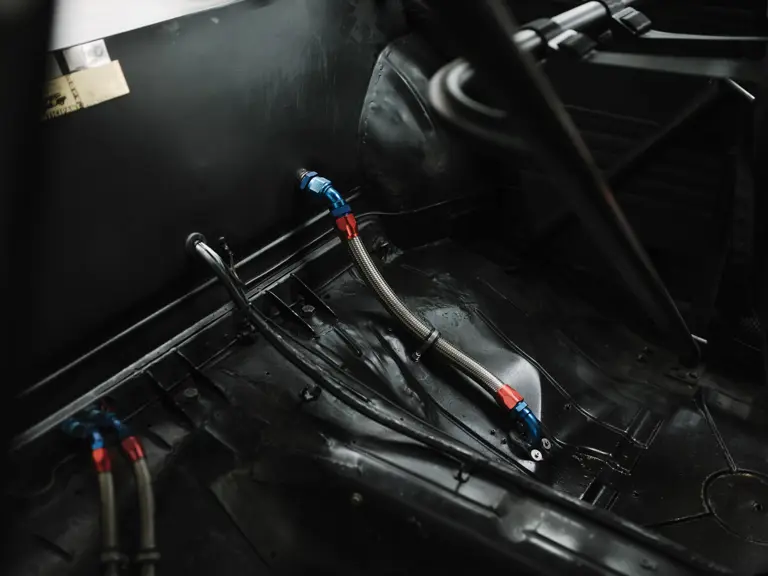
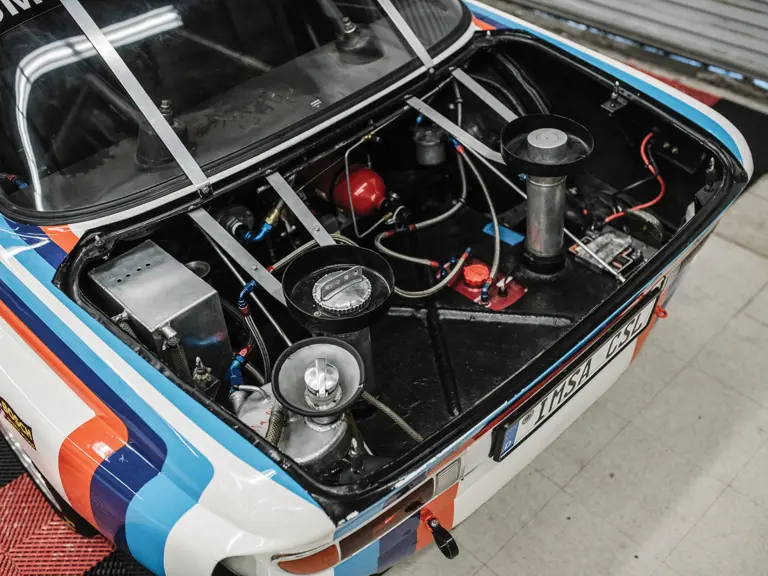
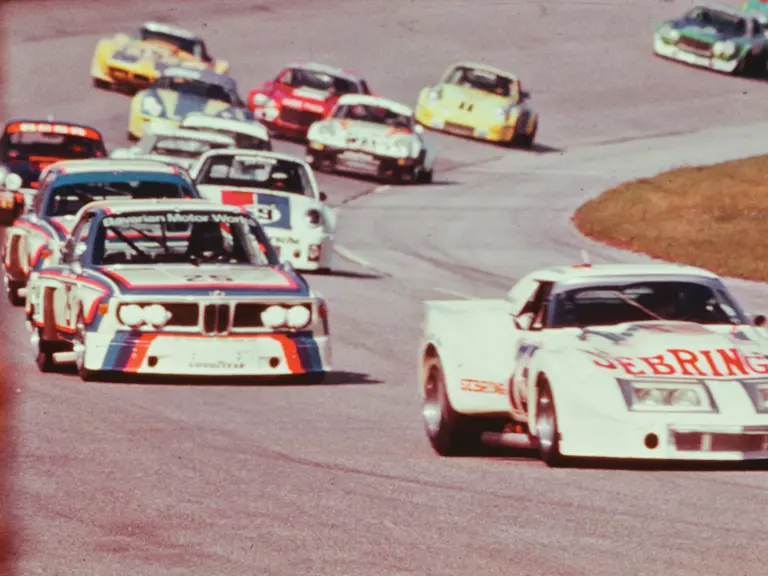

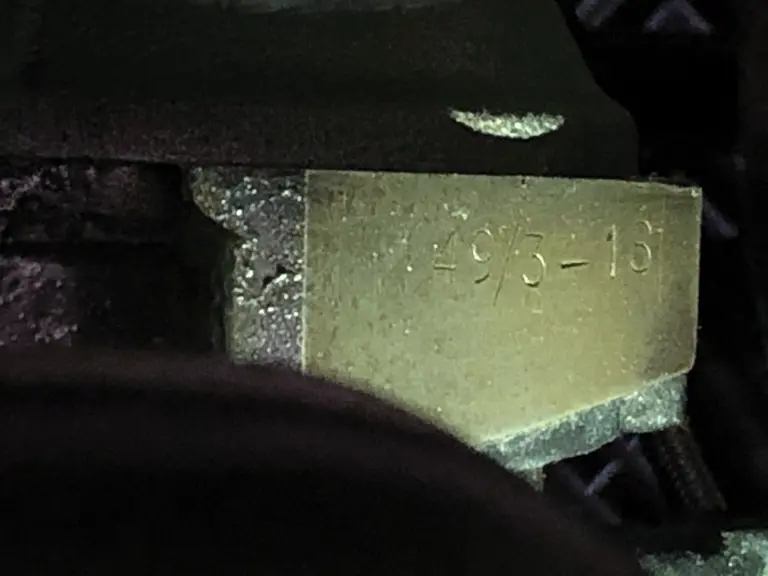
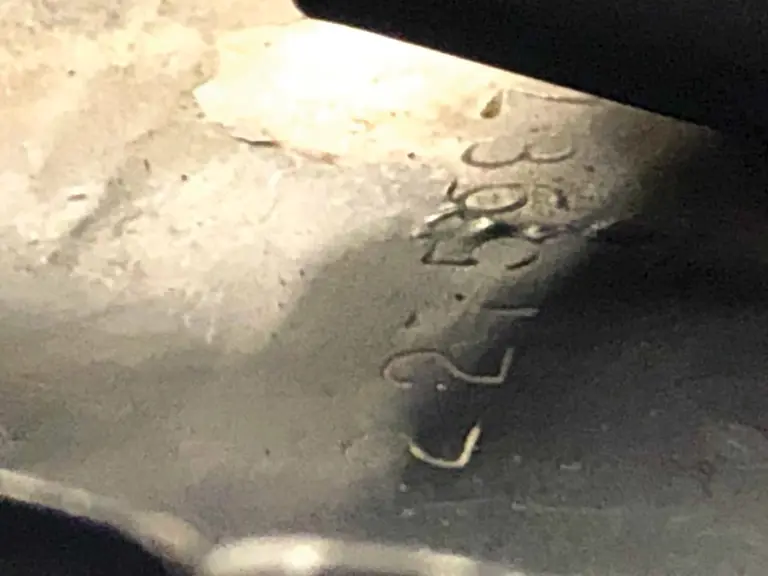
 | Monterey, California
| Monterey, California
